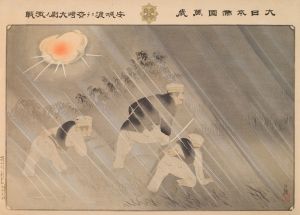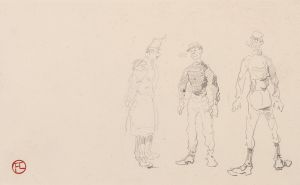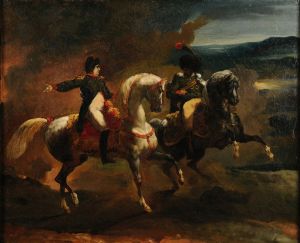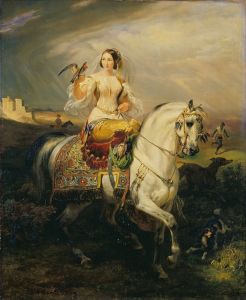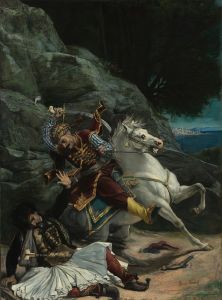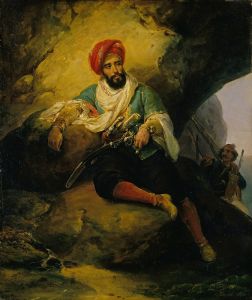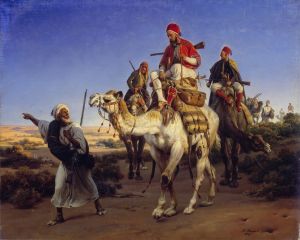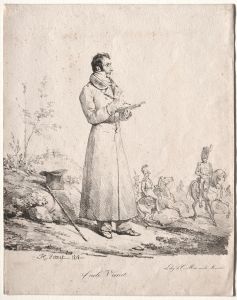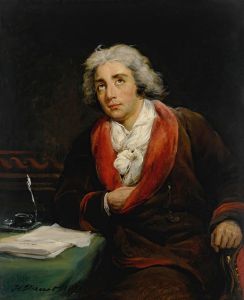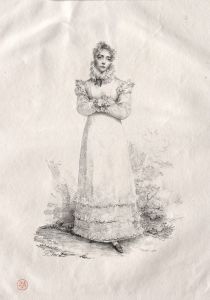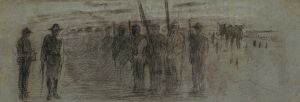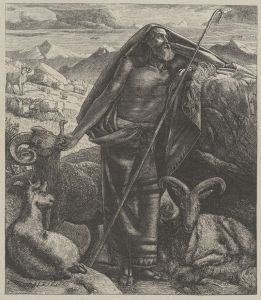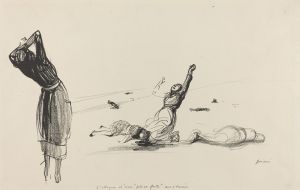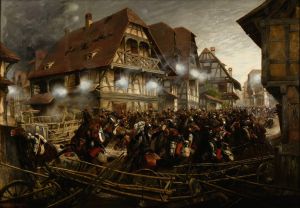
Keizer Napoleon I en zijn staf te paard
A hand-painted replica of Horace Vernet’s masterpiece Keizer Napoleon I en zijn staf te paard, meticulously crafted by professional artists to capture the true essence of the original. Each piece is created with museum-quality canvas and rare mineral pigments, carefully painted by experienced artists with delicate brushstrokes and rich, layered colors to perfectly recreate the texture of the original artwork. Unlike machine-printed reproductions, this hand-painted version brings the painting to life, infused with the artist’s emotions and skill in every stroke. Whether for personal collection or home decoration, it instantly elevates the artistic atmosphere of any space.
"Keizer Napoleon I en zijn staf te paard" is a painting by the French artist Horace Vernet, renowned for his depictions of military subjects and historical scenes. The painting's title translates to "Emperor Napoleon I and His Staff on Horseback," and it captures a moment from the Napoleonic era, focusing on the figure of Napoleon Bonaparte, the French military leader and emperor.
Horace Vernet was born in 1789, the year of the French Revolution, into a family with a strong artistic lineage. His grandfather, Claude Joseph Vernet, and his father, Carle Vernet, were both accomplished painters. Horace Vernet became known for his ability to vividly portray military life, a skill that earned him significant recognition during his lifetime. His works often reflect the grandeur and drama of the Napoleonic wars, and he was particularly adept at capturing the dynamism and energy of battle scenes.
The painting "Keizer Napoleon I en zijn staf te paard" is an exemplary piece that showcases Vernet's talent in portraying military figures with both realism and a sense of heroism. In this work, Napoleon is depicted on horseback, a common motif in art that symbolizes leadership, power, and command. The presence of his staff around him suggests a moment of strategic importance, possibly during a campaign or a battlefield scenario. Vernet's attention to detail is evident in the accurate depiction of military uniforms and the expressions of the figures, which convey a sense of urgency and focus.
Vernet's paintings were often commissioned by the French government or by individuals who admired Napoleon and his military exploits. His works served both as historical documentation and as propaganda, celebrating the achievements of Napoleon and the French army. Vernet's ability to capture the essence of his subjects made his paintings popular among those who wished to commemorate the Napoleonic era.
The painting reflects the Romantic style that was prevalent during Vernet's time, characterized by dramatic compositions, vivid colors, and an emphasis on emotion and movement. Vernet's work is often noted for its clarity and precision, qualities that are evident in "Keizer Napoleon I en zijn staf te paard." The painting not only serves as a historical record of Napoleon's military campaigns but also as an artistic representation of the era's ideals and values.
Horace Vernet's contribution to art, particularly in the context of military history, remains significant. His works continue to be studied and appreciated for their historical accuracy and artistic merit. "Keizer Napoleon I en zijn staf te paard" is a testament to Vernet's skill in capturing the spirit of an era that was defined by conflict and change, and it remains an important piece in the study of Napoleonic art and history.





